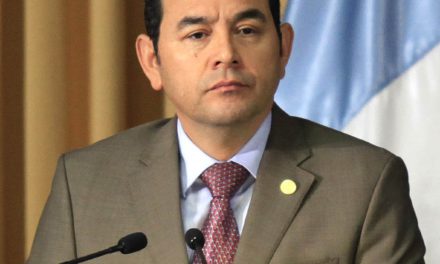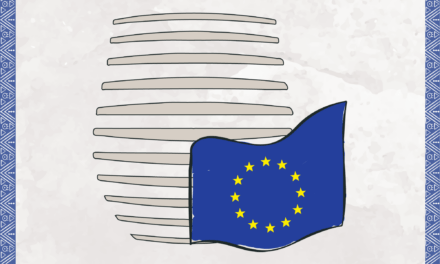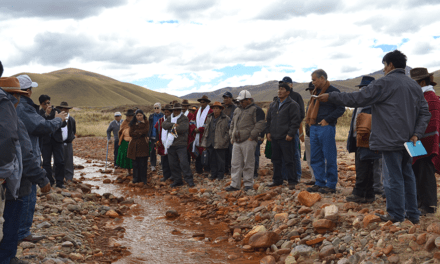After four years of negotiations, the deal is on the table. In December, the European Parliament will vote on the ratification of a new Free Trade Agreement between the European Union, Colombia and Peru, and it will vote on a second deal, an Association Agreement between the EU and Central America. Parliament can only accept or reject the deals, it can’t amend the details. But free trade comes at a price, and that price, isn’t always dollars, euros and cents.
Europe has set out a new trade deal for Latin America, honey-coated and wrapped in a bow. But is it a honey trap? Do the leaders of Latin American really know who they’re getting involved with? And if they do know; do they care?.
In a turbulent economic sphere, the flux of trade metrics means a billion dollars on the table today, might look the real deal; but money has a strange way of self-combusting, just ask a Greek, or a Spaniard. Offering Latin America an idyllic opportunity to trade more profitably with Europe sure looks pretty,
Get up close and the picture’s different. For every euro Latin America receives for palm oil or sugar cane, there is a hidden cost. Increase palm oil production and more and more hectares of land will be cleared to grow oil palm trees.
To grow sugar cane in the vast quantities Europe will consume, land ownership will change. For many Latin American countries that means the big guys often just take land from the little guys, frequently without compensation. Justice is slow and often encouraged to be blind. If a finite and diminishing water supply is used primarily to grow crops, the poorest communities will be priced out of the water market. And much like the land grabs in Latin America, oppose the corporation when he wants your water, and you might be swimming with the fishes. Europe is not just buying goods, it’s buying into values. It may also be buying into conflict.
Watch ’The Honey Trap’ a short documentary by EBX News on the EU-Latin America trade agreements coming before Parliament next month.





